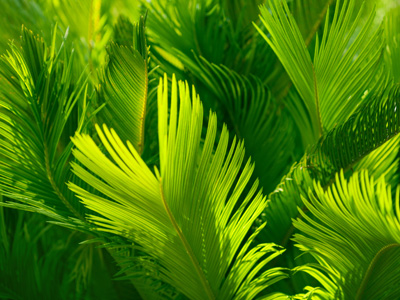
Weathering
One topic looked at in GCSE Geography is weathering. This is the natural process which causes the breakdown of rocks and minerals by chemical, biological or physical agents and is not to be confused with erosion. Erosion is the process in which material is moved whereas weathering occurs in situ.
Weathering is the breakdown of rocks, soil and naturally occurring minerals, as well as all the artificial minerals that have been made by human activity, such as bricks and concrete. Weathering is the process that eventually turns mountains into grains of sand on a beach.
Various factors influence the rate of weathering, including:
Ready for more?
not all...
quizzers. Try to win a coveted spot on our Hall of Fame Page.







